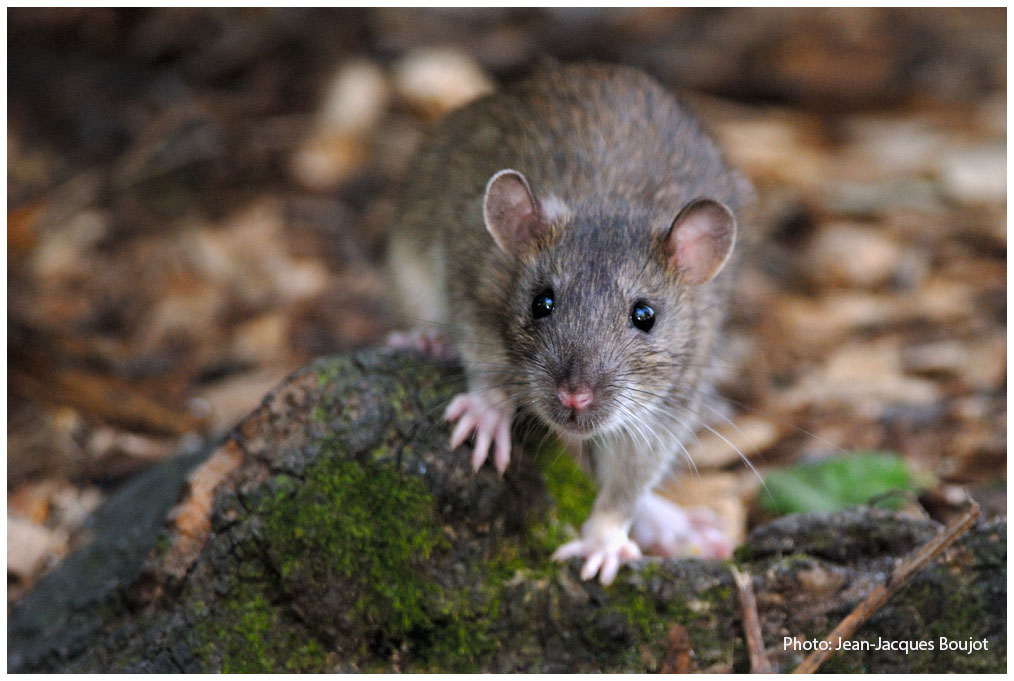IUCN welcomes New Zealand leadership on invasive species
Today, IUCN welcomed New Zealand’s announcement that it will take a leadership role to work with partners in other countries to increase global efforts to control and eradicate invasive species.

Photo: Jean-Jacques Boujot/creative commons
“Today’s announcement and New Zealand’s earlier commitment to the Honolulu Challenge at the IUCN World Conservation Congress in Hawaiʻi are a clear testament to the country’s leadership role in our fight against invasive species,” says Inger Andersen IUCN Director General. “Invasive species are one of the biggest threats to our planet’s biodiversity. IUCN stands ready to assist New Zealand and encourages other nations and organisations to follow its bold steps to address this urgent global challenge.”
New Zealand Conservation Minister Maggie Barry called on global leaders to join forces with the help of New Zealand's expertise, to help eradicate and control the spread of invasive animals and plants, and protect native habitats. Ms Barry made the announcement at the Thirteenth meeting of the Conference of the Parties to the Convention on Biological Diversity (CBD CoP13) in Cancun, Mexico, on Saturday and reaffirmed it with a press release today.
The announcement comes on the heels of the launch of the Honolulu Challenge, a new global initiative consisting of 33 organizations and institutions which calls for urgent action on invasive alien species made by experts, governments and NGOs.
Invasive alien species are species that have been moved by humans – either by accident or intentionally – into areas outside of their natural range, with a negative impact on native biodiversity, ecosystem services or human well-being. They threaten biodiversity and have a potentially devastating impact on our food security, health and economies.
The challenge calls for commitments from governments and organisations in 11 priority areas, including development of effective biosecurity measures, increasing the number and scale of invasive alien species eradications, boosting the resources for invasive alien species control and addressing priority pathways - the means of transportation of the species.
